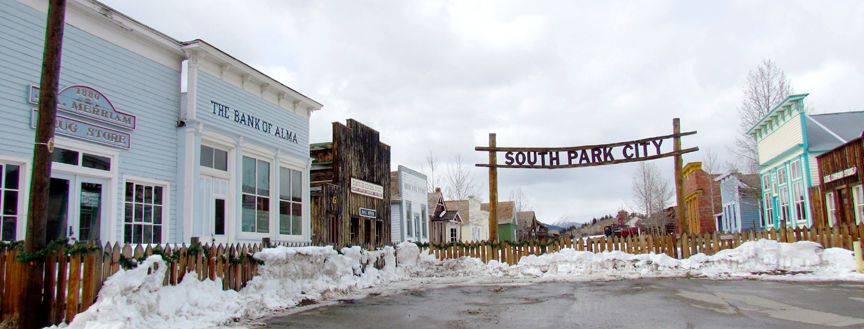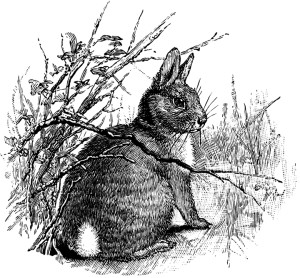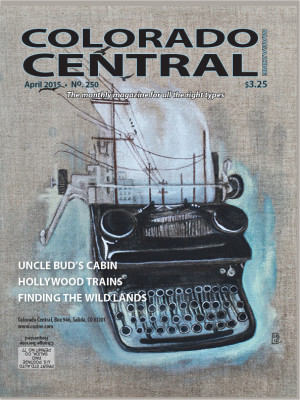By Laura Van Dusen
At South Park City Museum in Fairplay, time stands still.
Visitors there can wander through buildings salvaged from the gold and silver mining craze of the 1860s-1890s. They can touch the furnishings, sit in the chairs or even lie in the beds once occupied by frontier Colorado miners and railroad tycoons. One can visit a frontier Masonic lodge, a drugstore full of pre-1900s remedies or an old-time saloon complete with a wall-sized oil painting of the lovely unclad “Rachel. ”
The painting once graced the walls of the historic Antlers Hotel in Colorado Springs (since replaced by the Antlers Hilton).
Abandoned ghost buildings are tough to find these days in their original environment, which makes the collection at South Park City all the more fascinating.
In November the museum was designated a Historic District on the National Register of Historic Places. The register recognizes sites for their significance in American history, but it wasn’t the historic buildings filled with authentic antiques and artifacts that gave South Park City the nod.
Most of South Park City’s 49 buildings and structures were moved from Park County ghost towns and mining camps between 1957 and1966. That’s how preservationists saved old buildings back in the 1950s, by moving them. And it’s true that, typically, buildings that have been moved do not meet National Register criteria.
The catch is: the buildings and structures that contributed to South Park City’s designation were moved 50 or more years ago. The museum was honored as a representative of mid-20th century tourism and preservation efforts. It shows how museums of that era interpreted the frontier mining days.
Or in simpler terms, the designation was awarded “to show how people in the past tried to preserve our heritage,” said the museum’s curator, Carol Davis.
Process started
The nomination process started in the fall of 2012, when the South Park National Heritage Area hired Abigail Cristman to research and write the nomination. She is on the faculty of the Center of Preservation Research at the University of Colorado-Denver.
[InContentAdTwo]
Cristman said she and students from her class, who were studying the evaluation and designation of historic buildings, made a one-day visit to the museum and afterward researched each building. They wrote the 70-page nomination form and submitted it to History Colorado in the fall of 2013. After passing History Colorado’s review, it was presented to the Colorado State Register Review Board in May 2014. Final approval by the National Park Service resulted in the designation, which was announced in November.
Beginnings
But the real beginning was in 1957, when a Colorado Springs attorney had the foresight, enthusiasm and determination to unify the community in collecting historic buildings.
The man was Leon Snyder. He was an avid fisherman who despaired each time he visited the county. He saw the remains of century-old mining towns disappearing bit by bit to vandalism, fires and the weather. His vision was to collect the old buildings and bring them to a central place where people could see them and where they would be protected.
His interest in history nurtured the dream, and his law school training no doubt helped him persuade friends and historians from Park County and beyond into adopting his vision as their own.
A local community of ready and willing like-minded citizens pitched in to make South Park City a reality. They scavenged through attics, basements and storage sheds and found enough artifacts to furnish the “city.” Volunteer Edward L. Bunts, a Colorado Springs architect, planned the site. His design filled the gaps between seven historic buildings original to the location, with relics from the early mining era.

The crowning glory, and the missing piece that eluded Snyder until 1966, was the narrow gauge engine since repainted to indicate No. 22 of the Denver, South Park & Pacific Railroad (D.S.P. & P). The engine was found in Guatemala, but it’s the same type that was used on the DSP&P in the years 1879-1937 on routes from Denver through South Park.
A handful of exhibits have been added since 1966, but the museum that visitors see today is essentially the same as what visitors saw when it first opened.
That first year there were 16,000 admissions. For the past several years the number has remained steady at around 14,000. It’s not only locals that visit; tourists from across the United States and from countries around the world find their way to the museum, all fascinated with the gold rush era.
South Park City is open every year from May 15-Oct. 15 at 100 Fourth St. in Fairplay.
Laura Van Dusen has worked part-time at South Park City for three summers. Her favorite building is the Stage Coach Inn, moved from Mosquito Pass. In the 1860s travelers spent long, cold nights there waiting for the next stage.



